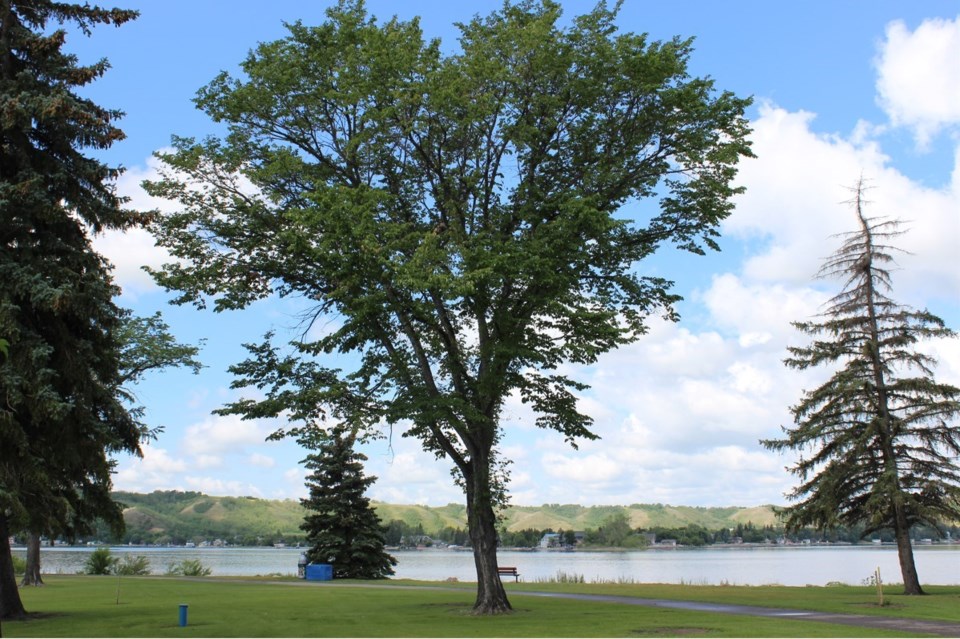YORKTON - It’s great to be able to do yard work again. If you are thinking about adding some perennials to you garden, the Yorkton and District Horticultural Society will be holding their Spring Plant and Bulb Sale on Friday, June 3 starting at 9:30 AM at the Parkland Mall, Yorkton. This is our first plant sale for a long time, it seems, so we are all looking forward to it! We’re hoping for a wonderful selection of plants; hope to see you there, bring a friend!
While you’re out in your garden, checking out what might need replenishing or replacing, one thing to also check is trees and shrubs. This is a good time to do so, before things have fully leafed out. There might be some pruning ahead, branches that need to be trimmed, but also keep an eye out for disease.
One thing to watch for is black knot, a fungus that is transported through the air and spreads quickly, and if left unattended may kill your tree over time. Black knot (Apiosporina morbosa) is visible as clumps of black matter along tree branches. It’s not pretty! This is a good time to look for it before it is hidden by leaves. Trees that are most affected by this fungus are in the Prunus family, beautiful trees like flowering plums, sand cherry, amur cherry, flowering almonds, Schubert chokecherry, and Nanking cherry.
The fungus starts off as a green swelling on the branches, easily missed unless you are definitely looking for it. But then it turns into nasty-looking clumps of black growth in about three years. These growths are called galls, and by the time they are big, black, ugly growths, they can spread quickly because they have a lot of spores. This is not just a growth on top of the branch; the fungus grows inside the tree as well.
What to do? There is nothing that can be done except to cut the diseased portions away. I have read that it is best to do this when the tree is dormant because that helps the spores from spreading, so if you have black knot on some of your trees, it might be best to wait until late fall or early winter and remove the infected branches at that time. Add it to your fall gardening “to do” list! Infected branches should be cut at least eight inches past the growth, and this could be significant to your tree, depending on where the galls are located. If the branches are not trimmed vigorously, the virus might come back, so even thought it might seem like drastic cuts, it will be necessary.
Infected branches must be thrown away, taken away to a landfill, or burned if you are able to do that. Even the saw that you are using should be cleaned after dealing with this fungus. Once gardeners have done what we can and removed the infected branches, we have to be careful to keep an eye on the tree in the future, and quickly remove any branches that look diseased. And sadly, if the black knot has spread too far, the entire tree might have to be removed.
It is interesting, some trees can have black knot but are more tolerant of it and will still have leaves that look healthy. But it is important to monitor the tree carefully, because remember, those galls are releasing spores that will spread.
Another gardening task for us to consider, but an important one if it means saving a lovely tree! Visit the Hort society at www.yorktonhort.ca; you’ll find photos and notes about upcoming events. Thank you to our friends at YTW for their wonderful work. Have a great week and good luck with your yard work, gardeners!



.jpg;w=80;h=120;mode=crop)

